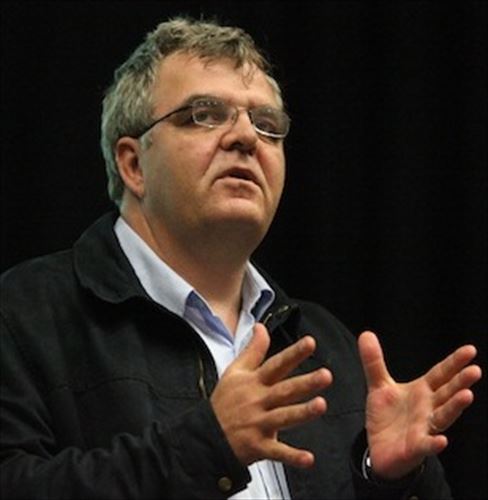The opportunities and challenges for South African automotive companies wanting to export products into Africa came under the spotlight at a conference staged by the National Association of Automotive Component and Allied Manufacturers (NAACAM) at Automechanika Johannesburg on May 6.
Well known economist Mike Schussler gave an interesting overview of the automotive industry’s potential in Africa. He cautioned that although the continent has a huge population the majority of people are under 18 years of age and therefore most of them were not yet economically active, so the true market size was not as big as some people estimate. However, he added that education levels in Africa were rising rapidly which boded well for business growth in the future.
Schussler said that SA’s economy was now ranked only third in Africa behind Nigeria and Egypt and it could fall out of the global top 40 if there is no significant GDP growth in the near future.
He went on to say that it was vital that the SA automotive industry was productive and cost efficient to ensure its prices were competitive in Africa. He added that it was important there was a decrease in industrial action in SA as this impacted negatively on productivity and hence global competitiveness.
Alec Erwin, a former SA Minister of Trade and Industry, was invited to make a presentation on the Nigerian motor industry and opportunities for SA exporters as he is a consultant to the Nigerian government on its programme to rebuild its motor manufacturing industry. However, inclement weather prevented him flying to Johannesburg from Togo in time for the conference so one of his colleagues, Caroline Richardson, made the presentation.
She explained that the Nigerian Automotive Industry Development Plan was part of that country’s overall industrialisation strategy and enjoyed high level government support.
Current vehicle production capacity at existing plants in Nigeria was only 100 000 units a year but plans are underway to increase this in the near future. Ms Richardson said that the big challenge was the fact that currently about 400 000 used vehicles a year were imported into Nigeria, but there was impending legislation to limit this number and to support the sale of affordable new vehicles, with a potential market of one million new vehicles a year.
The presentation went on to outline the collaboration that Erwin was encouraging between the South African and Nigerian automotive sectors, particularly in terms of component supply. A formal proposal is to be tabled at the end of the month.

